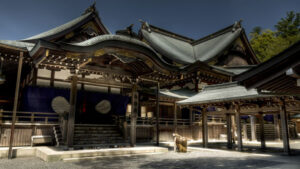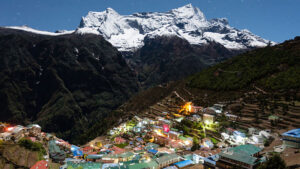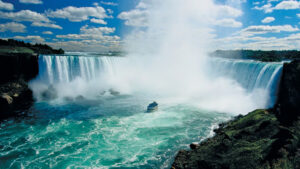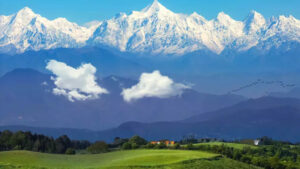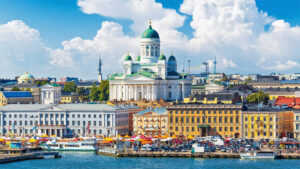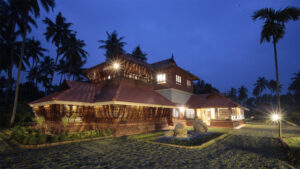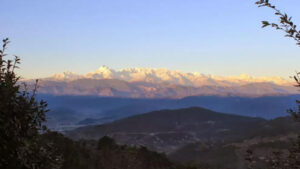THE WESTERN WALL, JERUSALEM – EMBRACE THE TAPESTRY OF HISTORY AND FAITH

Standing tall and steeped in history, the Western Wall, also known as the Wailing Wall or Kotel, is a revered and iconic destination in the heart of Jerusalem. This ancient stone wall, a remnant of the Second Temple, holds profound religious and cultural significance for Jewish people around the world. As you approach the Western Wall, you will be enveloped by an atmosphere of reverence and spirituality. The sight of individuals deep in prayer, the touch of hands on its weathered stones, and the delicate placement of written prayers within its cracks create a palpable connection to centuries of devotion and longing. The Western Wall serves as a powerful symbol of faith, resilience, and unity, drawing visitors from all corners of the globe to experience its profound historical and spiritual aura.

History
The original structure of the Western Wall dates back to the time of King Herod the Great, who expanded and renovated the Second Jewish Temple during the 1st century BCE. The Temple served as the central religious and cultural hub for the Jewish people until its destruction by the Romans in 70 CE.
Following the Temple’s destruction, the Western Wall became the closest accessible remnant to the sacred Holy of Holies, which was the inner sanctum of the Temple. Throughout its history, the Western Wall has witnessed numerous conquests, occupations, and religious tensions. Control over Jerusalem and access to the Wall shifted between various empires, including the Romans, Byzantines, Arabs, Crusaders, Mamluks, Ottomans, and British.
It holds tremendous religious and emotional significance for Jews worldwide, as well as serving as a vital site for prayer, celebration, and remembrance. It attracts millions of visitors each year, including Jewish pilgrims, tourists, and people of different faiths who seek to experience its historical and spiritual aura.
Its significance as a living monument to centuries of devotion and resilience makes it a cherished landmark and an enduring testament to the enduring power of human spirituality.
What to Expect
When visiting the Western Wall in Jerusalem, there are several aspects you can expect to encounter:

- Spiritual Atmosphere: The Western Wall is a deeply spiritual place for Jewish worshippers. You can expect a reverent atmosphere filled with prayers, devotion, and contemplation. The sound of whispered prayers and the sight of individuals deep in personal reflection are common.
- Rituals and Customs: Witnessing various Jewish rituals and customs is an integral part of the experience at the Western Wall. You may see people swaying back and forth while praying (known as davening), wearing prayer shawls (talit), and placing small notes with prayers into the crevices of the wall.
- Crowds and Diversity: The Western Wall attracts visitors from all over the world, resulting in diverse crowds. You can expect to encounter people of different nationalities, religious backgrounds, and ages, all gathering to connect with the site’s historical and religious significance.
- Separation of Gender: At the Western Wall, there are separate sections for men and women to pray. It is customary for men to pray on one side of the wall and women on the other. Respect for these gender divisions is expected.
- Respectful Dress Code: To show respect for the site’s religious significance, it is advisable to dress modestly. Both men and women are encouraged to cover their shoulders and avoid wearing revealing clothing. Head coverings, such as kippahs, are often provided at the entrance for those who wish to wear them.
- Security Measures: Due to the importance and sensitivity of the site, there are security measures in place to ensure the safety of visitors. Expect bag checks and security screenings upon entry to the Western Wall Plaza.
- Vibrant Surroundings: The Western Wall is located in the Old City of Jerusalem, surrounded by narrow streets, markets, and historical sites. Exploring the surrounding area allows you to soak in the vibrant atmosphere, with bustling shops, aromatic food stalls, and glimpses of other religious landmarks.
- Special Occasions and Events: The Western Wall is a site of significant celebrations and events throughout the year. These may include bar mitzvah and bat mitzvah ceremonies, holiday observances, and national commemorations. These events can add an extra layer of meaning and activity to your visit.
Other Historical and Religious Sites Nearby
In close proximity to the Western Wall within the Old City of Jerusalem, you will find a multitude of other historical and religious sites that hold immense cultural and spiritual significance. Here are some notable ones:

- Dome of the Rock: Situated on the Temple Mount, the Dome of the Rock is an iconic Islamic shrine and a remarkable example of Islamic architecture. It is believed to be the spot where the Prophet Muhammad ascended to heaven. The golden dome and intricate mosaics make it a visually striking landmark.
- Al-Aqsa Mosque: Adjacent to the Dome of the Rock, Al-Aqsa Mosque is one of the holiest sites in Islam. It is the third holiest mosque after Mecca and Medina. The mosque complex covers a vast area and holds historical and religious significance for Muslims.
- Church of the Holy Sepulchre: Located in the Christian Quarter, the Church of the Holy Sepulchre is one of the most sacred sites in Christianity. It is believed to be the place where Jesus was crucified, buried, and resurrected. The church houses various chapels and is adorned with beautiful artwork and relics.
- Via Dolorosa: The Via Dolorosa, or the Way of Suffering, is a route within the Old City that follows the traditional path taken by Jesus carrying the cross to his crucifixion. It is marked by 14 Stations of the Cross, each representing a particular event in Jesus’ final journey.
- Mount Zion: Located just outside the Old City walls, Mount Zion is associated with several significant religious sites. These include the Room of the Last Supper, believed to be the location of Jesus’ last meal with his disciples, and the Tomb of King David, a revered site for Jews.
- Tower of David: The Tower of David, also known as the Jerusalem Citadel, is an ancient fortress located near the Jaffa Gate. It offers panoramic views of the Old City and houses a museum showcasing Jerusalem’s rich history through various exhibits and archaeological artifacts.
- Jewish Quarter: Within the Old City, the Jewish Quarter is a historic neighborhood that holds religious and historical importance for Jews. It features ancient synagogues, archaeological sites, and vibrant alleyways filled with shops, restaurants, and art galleries.
Best Time to Visit
Here are some factors to consider when deciding the best time for your visit:
- Weather: The weather in Jerusalem can vary throughout the year. Spring (March to May) and autumn (September to November) generally offer pleasant temperatures and mild weather, making these seasons popular among visitors.
- Holidays and Festivals: The Western Wall can be particularly busy during Jewish holidays and festivals, such as Passover, Rosh Hashanah, Yom Kippur, and Sukkot. These occasions offer a unique opportunity to witness traditional rituals and celebrations but also attract larger crowds.
- Weekdays vs. Weekends: Weekdays, especially during non-peak hours, generally tend to be less crowded than weekends. If you prefer a quieter experience, consider visiting on a weekday.
- Early Morning or Evening: The Western Wall is typically less crowded early in the morning or during the evening hours. This can be an ideal time to visit for a more serene and contemplative experience.
- Bar/Bat Mitzvah Celebrations: If you’re interested in observing or participating in a Bar/Bat Mitzvah ceremony at the Western Wall, it’s advisable to check the schedule and plan your visit accordingly.
- Personal Preferences: Consider your own preferences for crowd levels and weather conditions. Some visitors may enjoy a bustling atmosphere and vibrant energy, while others may prefer a quieter and more introspective visit.

It’s important to note that the Western Wall is a place of worship and religious significance, and it’s essential to be respectful of the customs, traditions, and practices observed by those who visit. Regardless of the time you choose, visiting the Western Wall is a profound experience that allows for personal reflection, connection to history, and an opportunity to witness the devotion of others.





